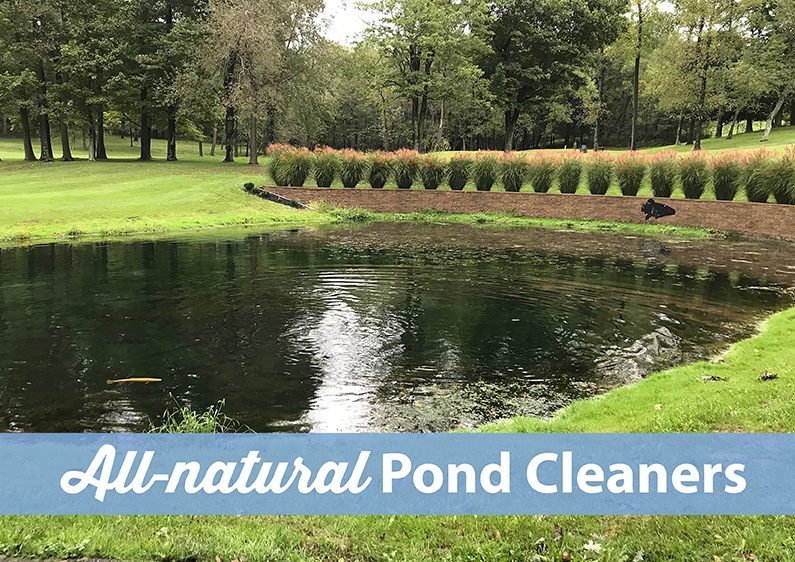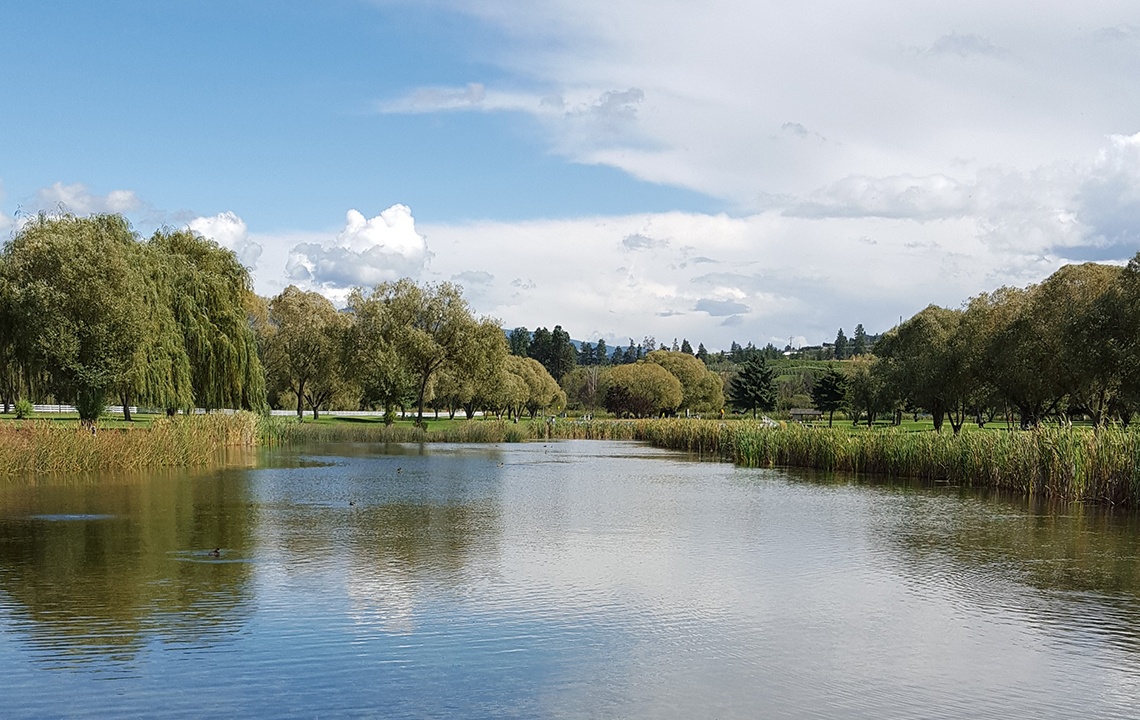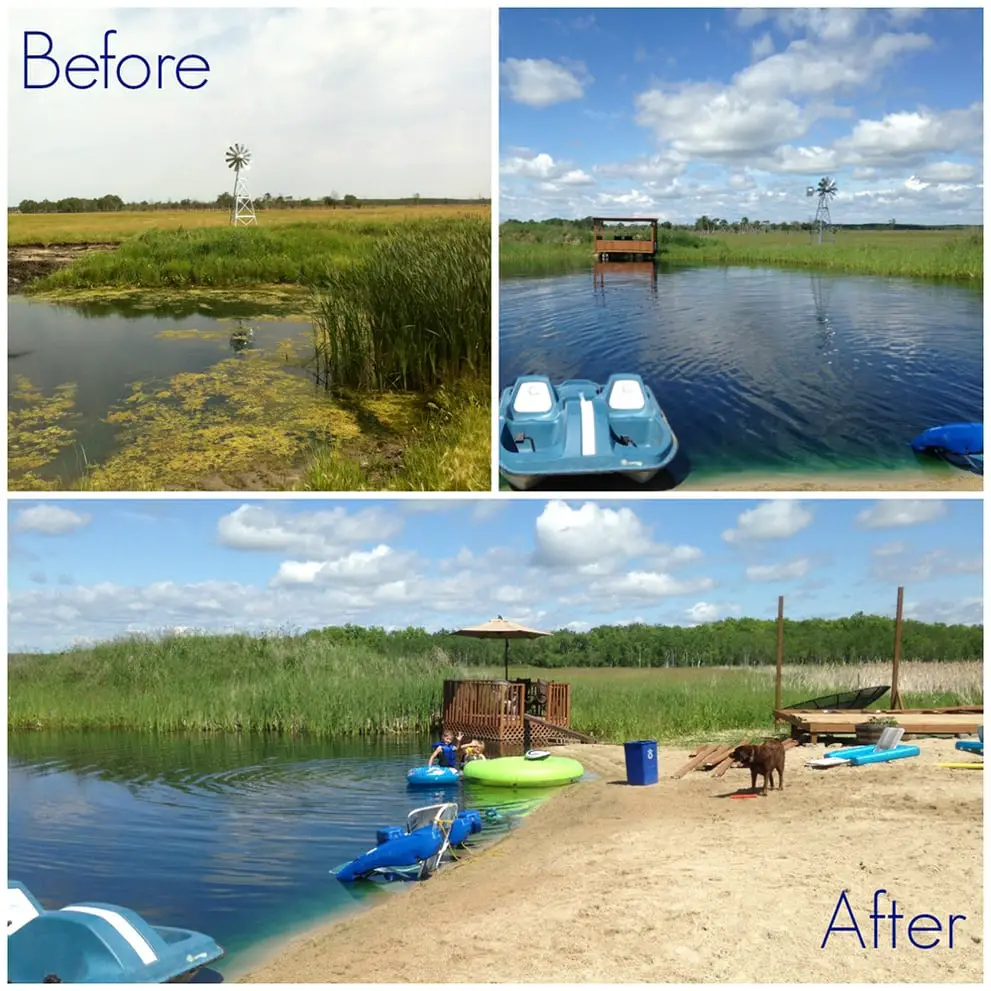Keeping a natural pond clean and healthy is essential for the well-being of the ecosystem it supports. A well-maintained pond not only looks beautiful but also provides a habitat for various aquatic plants and animals. Cleaning a natural pond may seem like a daunting task, but with the right tools and techniques, it can be a manageable and rewarding experience.
5 Best Pond Cleaner – Muck, Algae, And Sludge Remover
1. Remove Debris Regularly
One of the key steps in maintaining a clean pond is to remove debris regularly. Fallen leaves, twigs, and other organic matter can accumulate at the bottom of the pond, leading to water quality issues. Use a skimmer net to scoop out debris from the surface of the water and a pond vacuum to clean the bottom of the pond.
2. Trim and Prune Aquatic Plants
Aquatic plants play a crucial role in maintaining the balance of a natural pond. However, overgrown plants can obstruct water flow and create breeding grounds for algae and bacteria. Regularly trim and prune aquatic plants to keep them in check and prevent them from taking over the pond.
3. Control Algae Growth
Algae growth is a common problem in natural ponds and can make the water murky and unappealing. To control algae growth, introduce floating plants like water lilies that provide shade and competition for nutrients. Barley straw and beneficial bacteria can also help to keep algae in check.
4. Install a Pond Filter
Installing a pond filter is an effective way to keep the water in a natural pond clean and clear. A biological filter helps to break down organic waste and maintain water quality. Choose a filter that is suitable for the size of your pond and follow the manufacturer’s instructions for installation and maintenance.
5. Test Water Quality
Regularly test the water quality of your natural pond to ensure that it is within the optimal range for aquatic life. Use a water testing kit to check the levels of pH, ammonia, nitrites, and nitrates. Adjust the water parameters as needed to create a healthy environment for fish and plants.
6. Control Wildlife Population
While wildlife adds to the charm of a natural pond, an overpopulation of fish or other aquatic animals can lead to water quality issues. Monitor the population of wildlife in your pond and take steps to control it if necessary. Consider introducing natural predators or removing excess fish to maintain a balanced ecosystem.
7. Use Beneficial Bacteria
Beneficial bacteria are essential for breaking down organic matter and maintaining water clarity in a natural pond. Add beneficial bacteria to your pond on a regular basis to promote the decomposition of sludge and prevent the buildup of harmful substances. Follow the manufacturer’s recommendations for dosing and application.

Credit: healthyponds.com
8. Aerate the Water
Aerating the water in a natural pond is crucial for maintaining oxygen levels and promoting the health of aquatic life. Install a pond aerator or fountain to keep the water moving and prevent stagnation. Aerating the water also helps to prevent the buildup of harmful gases and odors.

Credit: rethinkrural.raydientplaces.com
9. Remove Excess Nutrients
Excess nutrients in a natural pond can lead to algae blooms and water quality issues. Use a phosphate binder to remove excess phosphates, which are a common cause of algae growth. Consider adding aquatic plants like water lettuce or water hyacinth to absorb excess nutrients and improve water quality.
10. Perform Regular Maintenance
Regular maintenance is key to keeping a natural pond clean and healthy. Create a maintenance schedule that includes tasks such as cleaning filters, testing water quality, and pruning plants. By staying on top of maintenance tasks, you can prevent problems before they arise and enjoy a beautiful and thriving pond.
With these tips and techniques, you can keep your natural pond clean and beautiful for years to come. By maintaining a healthy ecosystem, you can create a peaceful and harmonious environment that benefits both you and the wildlife that call your pond home.





